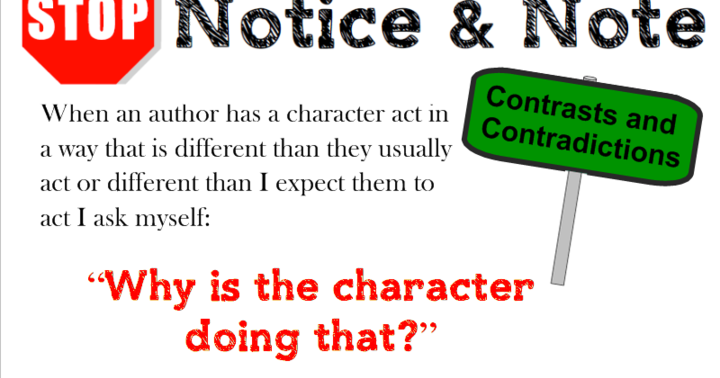Contrast and Contradiction Explained Simply

At the heart of many discussions, arguments, and even literary works lie two fundamental concepts: contrast and contradiction. While these terms are often used interchangeably, they hold distinct meanings and play crucial roles in how we perceive, analyze, and communicate information. Understanding the difference between contrast and contradiction is essential for effective reasoning, persuasion, and comprehension.
To delve into these concepts, let’s first consider what contrast means. Contrast refers to the state of being strikingly different from something else, typically in a way that is very noticeable. In visual terms, contrast might refer to the difference between light and dark, but in intellectual or philosophical discussions, contrast is about highlighting differences between ideas, concepts, or perspectives. The purpose of contrast is not necessarily to show that one idea is better or worse than another but to illustrate their distinct characteristics. For instance, in a debate about economic systems, one might contrast capitalism with socialism to highlight how each system approaches property ownership, resource allocation, and social welfare.
On the other hand, contradiction refers to a statement that is opposed to another statement; essentially, when two statements cannot both be true at the same time, they are contradictory. Contradiction implies a logical incompatibility between two or more propositions. Unlike contrast, which focuses on differences without necessarily implying a conflict, contradiction suggests that the truth of one statement negates the truth of the other. For example, the statements “All people are inherently good” and “No people are inherently good” are contradictory because they cannot both be true. This kind of logical contradiction is fundamental in fields like philosophy, law, and science, where the consistency and validity of arguments are paramount.
Let’s explore this through a practical example to make the concepts even clearer. Imagine you’re discussing education systems with a friend. You might contrast a public education system with a private one, highlighting differences in funding, accessibility, and curriculum design. This contrast helps you understand the pros and cons of each system without inherently suggesting that one is better or worse; it’s about recognizing and appreciating their distinct characteristics.
However, if someone argues that a particular private school is both entirely free to all students and charges the highest tuition fees in the country, that would be a contradiction. These two statements cannot coexist as true; either the school charges fees, or it does not. The contradiction here points to a logical inconsistency in the argument.
Breaking Down Contrast and Contradiction Step by Step

- Identify the Purpose: Determine whether you're trying to highlight differences (contrast) or address logically incompatible statements (contradiction).
- Analyze the Statements: For contrast, look at how ideas differ. For contradiction, examine if the statements can coexist as true.
- Evaluate the Context: Consider the discussion's context. Are you debating, explaining, or analyzing? This can help you decide whether contrast or addressing a contradiction is more relevant.
- Apply Logical Reasoning: Use logical principles to assess contradictions and distinguish them from mere contrasts.
In conclusion, while contrast and contradiction are both useful tools in analysis and argumentation, they serve different purposes. Contrast helps in understanding differences and nuances between concepts, whereas contradiction highlights logical inconsistencies that need to be addressed. By recognizing and applying these concepts appropriately, we can enhance the clarity and effectiveness of our communication, whether in academic, professional, or everyday contexts.
What is the primary difference between contrast and contradiction?
+The primary difference lies in their purpose and implications. Contrast is about highlighting differences between ideas or concepts to understand them better, while contradiction involves statements that cannot both be true, indicating a logical inconsistency.
Can contrast and contradiction coexist in an argument?
+Yes, they can. An argument might contrast different perspectives to understand their nuances and then address a contradiction within one of those perspectives to strengthen the argument.
How do I identify a contradiction in an argument?
+Look for statements that claim two things that cannot both be true at the same time. Apply basic principles of logic, and consider if the statements are mutually exclusive.
By understanding and applying these concepts, individuals can foster more nuanced discussions, strengthen their arguments, and navigate complex information landscapes with greater ease and precision. Whether in personal discussions or professional environments, recognizing the distinction between contrast and contradiction can significantly enhance one’s critical thinking and communication skills.


